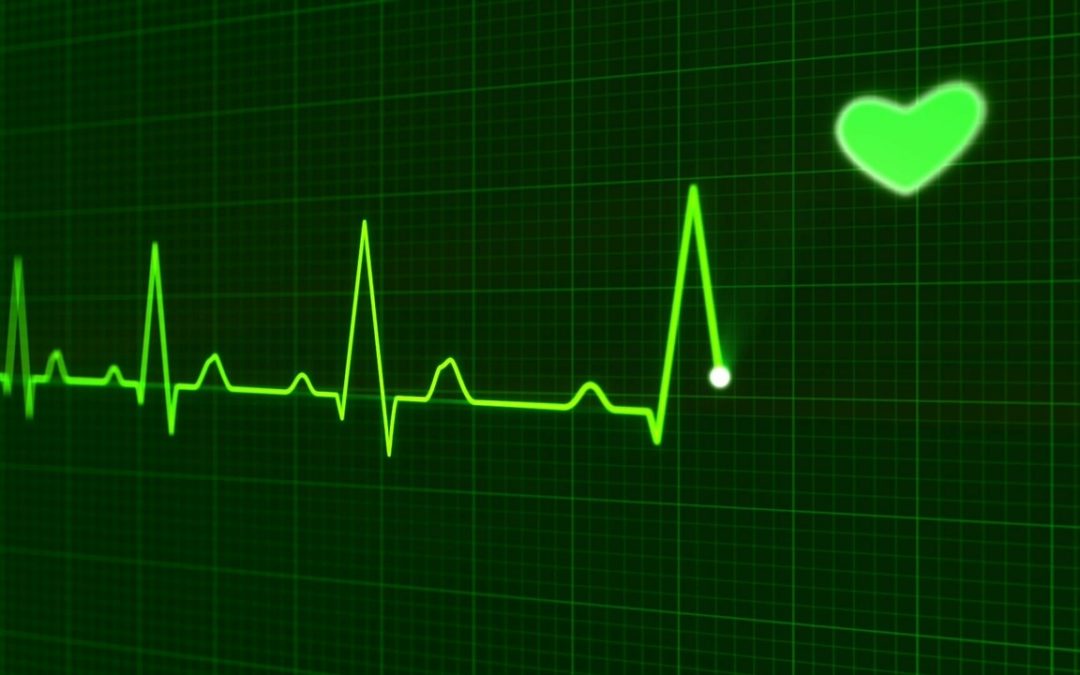Do ‘pathologic’ cardiac murmurs in adolescents identify structural heart disease? An evaluation of 15,141 active adolescents for conditions that put them at risk of sudden cardiac death.
Austin AV, Owens DS, Prutkin JM, Salerno JC, Ko B, Pelto HF, Rao AL, Siebert DM, Carrol JS, Harmon KG, Drezner JA. Br J Sports Med 2022;56:88-94. doi: 10.1136/bjsports-2019-101718. Epub 2021 Jan 15. PMID: 33451997.
https://bjsm.bmj.com/content/56/2/88
Take-Home Message
Classifying cardiac murmurs as “pathological” or “physiological” was not helpful in detecting structural heart disease.
Background
Cardiac screenings are an essential part of preparticipation screening. Cardiac auscultations are commonly assessed but may fail to accurately identify adolescents with structural heart disease that increase the risk of sudden cardiac death (e.g., hypertrophic cardiomyopathy).
Study Goal
Austin and colleagues completed a retrospective analysis of 15,141 adolescents (12-19 years old) to determine if the presence of a physiological or pathological cardiac murmur related to structural heart disease, which may increase the risk of sudden cardiac death.
Methods
The researchers reviewed data from adolescents who completed a community heart screen at Seattle area high schools. Each screening included a personal and family health questionnaire, physical assessment, cardiac auscultations, and electrocardiogram. The authors specifically analyzed data from 5,238 adolescents without a pre-existing heart condition who required an additional echocardiogram because of an abnormality on history, physical exam, or electrocardiogram. They stratified adolescents into 2 groups based on cardiac auscultations: murmur or control. Cardiac murmurs were then classified as either physiological (decreased or no change with Valsalva, or mild/soft) or pathological (harsh, increased with Valsalva, any diastolic murmur, radiating, click/gallop/splitting, crescendo–decrescendo, or holosystolic). The authors defined structural heart disease based on echocardiogram findings.
Results
Overall, 905 (17%) adolescents had cardiac murmurs, including 743 (82%) with physiologic murmurs and 162 (18%) with pathologic murmurs. Among adolescents without a cardiac murmur, 1.4% had structural heart disease versus 2.4% of those with a physiological murmur and 4.3% with pathological murmurs.
Viewpoints
Overall, the data from this study suggests that cardiac auscultations alone are not sufficient to screen for structural heart disease during a dedicated cardiac screening. Furthermore, recent efforts to identify a cardiac murmur as physiological or pathological may not be useful in detecting structural heart disease (e.g., hypertrophic cardiomyopathy).
Clinical Implications
A commonly employed screening method (cardiac auscultations) may be insufficient in detecting structure heart disease. The data also suggest that efforts to assess the seriousness of the cardiac murmur as either pathologic or physiologic are not beneficial. The authors advocated that electrocardiograms should be included in cardiac screenings to help identify individuals with structural heart disease.
Questions for Discussion
Do you currently have an opportunity for adolescents to undergo ECG analysis? If so, what criteria are used?
Written by: Kyle Harris
Reviewed by: Jeffrey Driban
Related Posts
When Performing ECG Screenings, the Screening Criteria Matters
Screening the Screening Recommendations for ECG
Psychological Outcomes After a False Positive ECG


